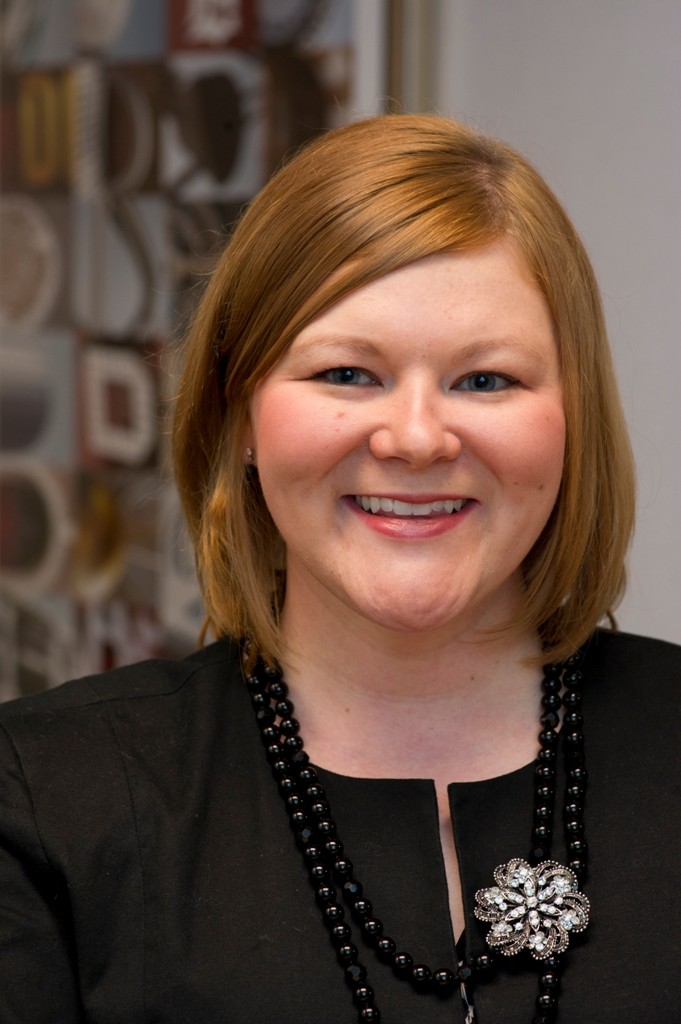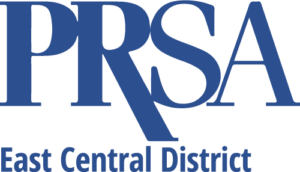‘Fortifying Our Financial Future’ – An Overview of Detroit Chapter’s Award-Winning Sponsorship Program

Kim Eberhardt, President PRSA Detroit Chapter and Account Director for Identity:
Kim said the Detroit chapter sponsorship program started in 1997 and “Rome wasn’t built in a day.” She reviewed how the sponsorship program typically works, May to May, led by the chapter treasurer and executive board with the executive secretary “keeping it moving.”
She said sponsors are agencies, member companies and partners. The sponsorships help pay the chapter executive secretary salary, programs, social budget, etc.
The program offers tiered options of support and investment benefits with four core levels: Chapter, Benefactor, Patron, and Supporter.
Kim said with the COVID-19 pandemic, “2020 has been different – we’ve tried to pull away from that.”
Kim said they have taken a coordinated approach of “looking for year-long partners and beyond. This allows us to solidify the year-long operating budget on the front end without asking the same sponsors time and time again.”
The Chapter sponsorship level supports the chapter’s annual meeting (with logo on signage and program, recognition at podium, and four tickets at $300 value). Monthly program sponsors get eight tickets, plus social media opportunities on Twitter and blog.
Sponsorship income has declined from a high of $25,000 in 2016 to $22,225 in 2017, $21,500 in 2018, to $18,500 in 2019. “It’s a challenging trend,” Kim said, citing retirements and lost connections.
“The big challenge is COVID-19, like for all of us,” she said. “We had to get creative, acknowledge realty, show value, appeal to sense of community and duty, broaden the tent, and be flexible.”
The chapter responded by expanding their asks, emphasizing diversity and inclusion, launching responsive programming, and offering prorated sponsorships, “though no one took us up on it,” Kim said.
They also offered discounts for long-term commitments (15% for three years, 10% discount for two years).
The results: “2020 hit the mark of $18,205 (goal was $18,000) and we’re still going,” Kim said. “We’re proudest that we focused on lower level sponsorships and bringing people into the fold. Early on, we tried to launch interesting program, with a specific focus for members in transition because we’ve had a lot of layoffs. We showed how to use that content and sponsors responded.”
She concluded, “We’re a long way from the days of higher sponsorships, but we feel good about where we are at.”
Q&A
Jared: How do you decide who you are going to reach out to for sponsorships?
Kim: “Couple of factors: First, be aware of what is happening in the market; look at agencies that are new in town and need exposure; keep eyes and ears open; perhaps an organization where someone recently became APR; be mindful of data points internally; also knowing the right time to make the ask. Monitoring signs, identifying people.
Kim Skeltis: Are there other annual meeting sponsors?
Kim Eberhardt: The annual meeting is wrapped into the corporate sponsorship. The chapter does not solicit sponsors separately for the annual meeting. It is coordinated through the secretary; the executive board has a strategy session on who to go after, and everybody on the board is responsible for exploring contacts. Secretary may be responsible for follow-up. It’s not a requirement but an expectation that executive board members may contribute a supporter level sponsorship of $300.
Sara Payne: How do you approach organization that supported you in past and turned you down. Do you approach the following year or are they off the list?
Kim: GM is an example – we lost a key advocate. We did approach them the following year. We try to be flexible; they may have another place in the budget for a sponsorship; flexibility might include volunteering additional resources to keep them at a traditional sponsorship level.
Adrienne: What are the scholarship pay-outs?
Kim: Two separate $2,000 scholarships.
